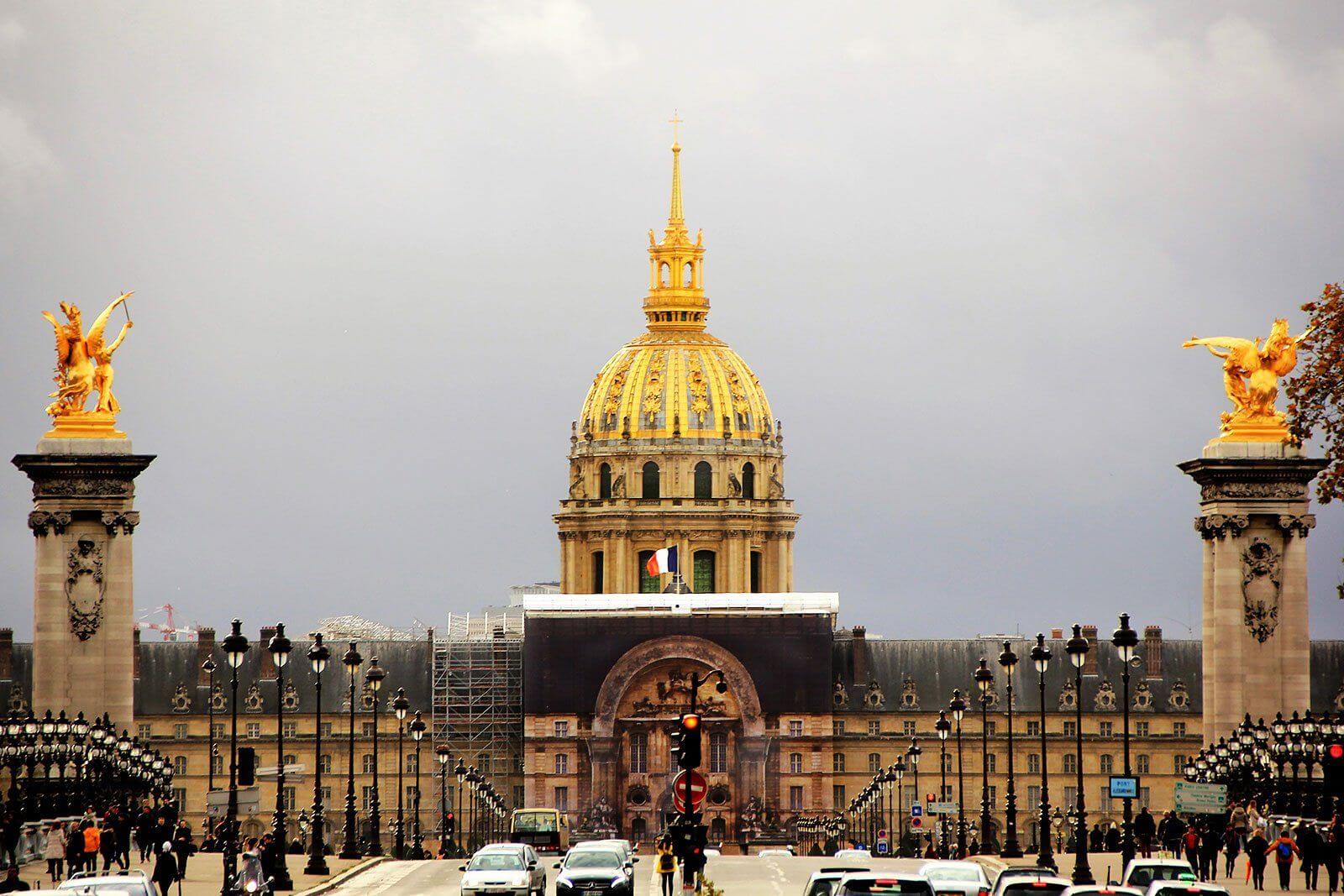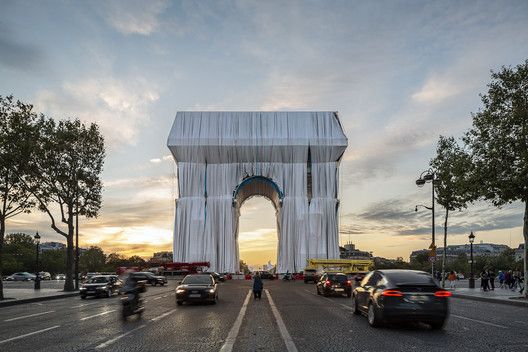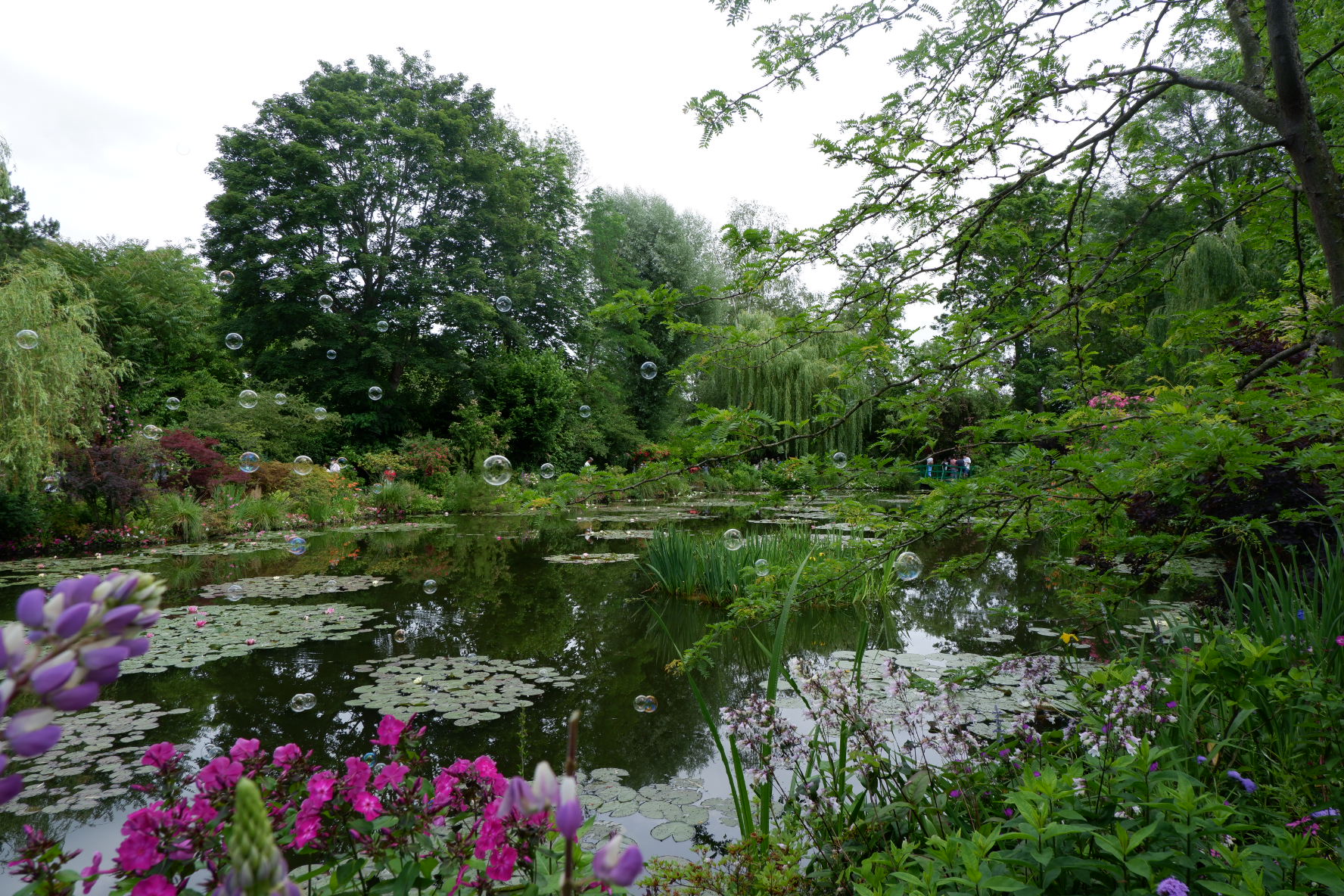L’Art de vivre
à la française
à la française
L’Art de vivre
à la française
Baroque Parisienne
Baroque Parisienne
Welcome to the theatre of Baroque in Paris! Today the Drama comes on stage. So if you have the "wow face" when you look at it, the Baroque magnetic power has done its job. You're captivated. Bewitched. Fascinated.
"Too much", - you'd say? too stunning, opulent? It is. However, this performance will certainly mark your visual memory and fasten your pulse. Its children are Palace of Versailles, du Luxembourg, Vaux-le-Vicomte, Les Invalids, Hôtel de Sully, Hôtel de Beauvais...The list is long.
The Baroque comes after the Renaissance in Paris. As Renaissance, it appears in Italy by the beginning of the 17th century. The word "baroque " comes from Portuguese "barroco". It was used to describe pearls not entirely formed, with irregular shapes. The ones considered "not beautiful" according to classical standards.
Baroque found its fertile soil in Paris during the 17th and 18th centuries. It is the reign of the most theatrical king in the history of France, Louis the 14th. Called the Sun king he saw himself as the center of the universe. His projects were ambitious and expensive and his power - absolute. Baroque becomes a perfect tool to highlight it. Every room, each garden, sculpture, the painting was designed to impress, to create a stunning impression, to enchant once and for all. Did you visit the Hall of Mirrors of Versailles? So this is the incarnation of the Baroque commissioned by Louis the 14th.
The French Baroque keeps the symmetry and perspectives. There is a certain rhythm in the facades, the presence of the columns as a deco. And plenty of windows that highlight this dynamic composition. Quel performance! The interior is full of art masterpieces; paintings, sculptures. The amazing frescoes on the walls and ceiling are from this opera as well (on the photo is Opera Garnier interiors)
And here are some more incredible Baroque treasures not to miss in Paris:
1. Hôtel de Soubise.
2. Luxembourg Palace.
3. Hôtel de Sully
4.Church Saint-Surplice
5. Institute of France
So what would you answer if someone asks whether you're a "Baroque" person?
La perfomance Barocco a Parigi
Benvenuti nel teatro del barocco! Oggi entra in scena il Drama. Quindi, se hai la "faccia wow" quando lo guardi, il potere magnetico di barocco ha fatto il suo lavoro. Sei colpito. Affascinato. Stregato.
"È troppo...", - diresti, sbalorditivo, opulento, esagerato? Tuttavia, questa performance segnerà sicuramente la tua memoria visiva o accelererà almeno il tuo polso. I figli di epoca di Barocco sono il Palazzo di Versailles, il Lussemburgo, Vaux-le-Vicomte, Les Invalids, Hôtel de Sully, Hôtel de Beauvais ... La lista è lunga.
Il Barocco viene dopo il Rinascimento a Parigi. Come il Rinascimento, appare in Italia all'inizio del XVII secolo. La parola "barocco" deriva dal portoghese "barroco". Era usata per descrivere perle non interamente formate, con forme irregolari. Quelle considerate "brutte" secondo gli standard classici.
Il Barocco ha trovato il suo terreno fertile a Parigi durante il XVII e il XVIII secolo. È il regno del amatore dei spettacoli più grande della storia di Francia, Luigi XIV. Si chiamava il re Sole, vedeva se stesso come il centro dell'universo. I suoi progetti erano ambiziosi e il suo potere - assoluto. Il Barocco diventa uno strumento perfetto per evidenziarlo. Ogni stanza reale, ogni giardino, scultura, il dipinto è stato progettato per stupire, per creare un'impressione sbalorditiva, per incantare una volta per tutte. Hai visitato la Sala degli Specchi di Versailles? Quindi questa è l'incarnazione vera e propria del Barocco commissionata da Luigi XIV.
Il Barocco francese mantiene la simmetria e le prospettive. C'è un certo ritmo nelle facciate, la presenza delle colonne come il decoro. E molte finestre che mettono in risalto questa composizione dinamica. Quel performance! L'interno è ricco di capolavori d'arte; i dipinti, le sculture.
Ed ecco alcuni altri incredibili tesori barocchi da non perdere a Parigi:
1. Hôtel de Soubise.
2. Palazzo del Lussemburgo.
3. Hôtel de Sully
4.Chiesa Saint-Surplice
5. Istituto di Francia
Allora cosa risponderesti se qualcuno ti chiedesse se sei una persona "barocca"?







